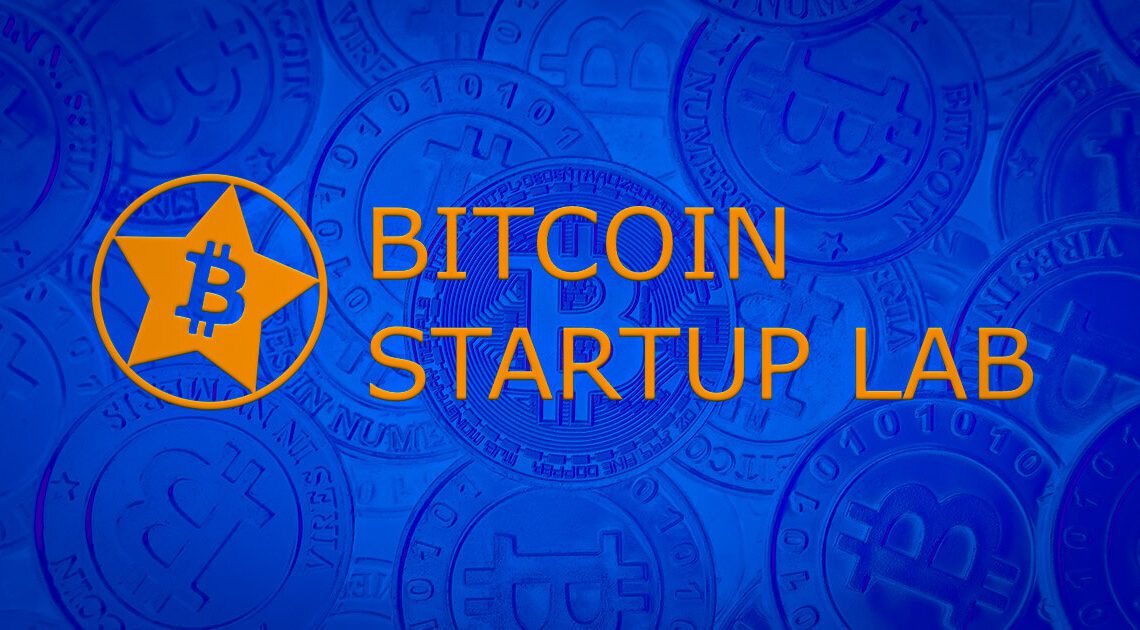Nonprofit Open Ordinals Institute CEO Erin Redwing joined Albert Liang on the Bitcoin Startup Lab podcast recently as the project seeks to advance the development of the Ordinals protocol, the NFT, and a digital collectibles platform built on the Bitcoin blockchain.
Redwing said a highly anticipated feature called provenance which establishes authorship and ownership of inscribed data. For example, an artist can create a “parent” inscription representing themselves as the author. When they inscribe each NFT in a collection, that transaction also includes the parent inscription, proving the relationship between the author and the individual NFT inscription.
This creates a hierarchical tree structure, allowing collections to be organized under authors and even sub-collections. The tree structure also enables proving when a collection is complete. For example, an artist can send the parent inscription to an unspendable address like Satoshi’s wallet to show no more NFTs can be added to that collection. According to Redwing, provenance provides the core features enabling digital ownership. Artists should prepare by thinking about their hierarchy of parent and child inscriptions before it launches.
“Once we get provenance, the core features of the protocol will be out,” Redwing said. She believes it will accelerate adoption from artists and collectors who want to leverage Bitcoin’s immutability for establishing scarcity.
The nonprofit was formed to fund open-source protocol improvements neutrally. Redwing said the community’s investment via donations creates incentives to keep development unbiased toward any specific group’s interests.
The protocol’s development was kickstarted by the sudden popularity after the release of the inscribing tool in January. Letting people inscribe data into Bitcoin transactions immediately caught attention across the ecosystem.
Redwing explained paying for data inscription is part of what gives the NFTs value as exclusive digital art. However, the nonprofit is considering grants to help onboard artists who want to create collections.
Other improvements aim to optimize data usage. For example, “recursion” reuses previously inscribed data to reduce fees. Artists are also getting creative with compact representations.
Donations fund the core developer Raph’s full-time work and other improvements planned through community input. Redwing said the nonprofit provides transparency on how funds are used to support the protocol…
Click Here to Read the Full Original Article at Bitcoin (BTC) News | CryptoSlate…
























